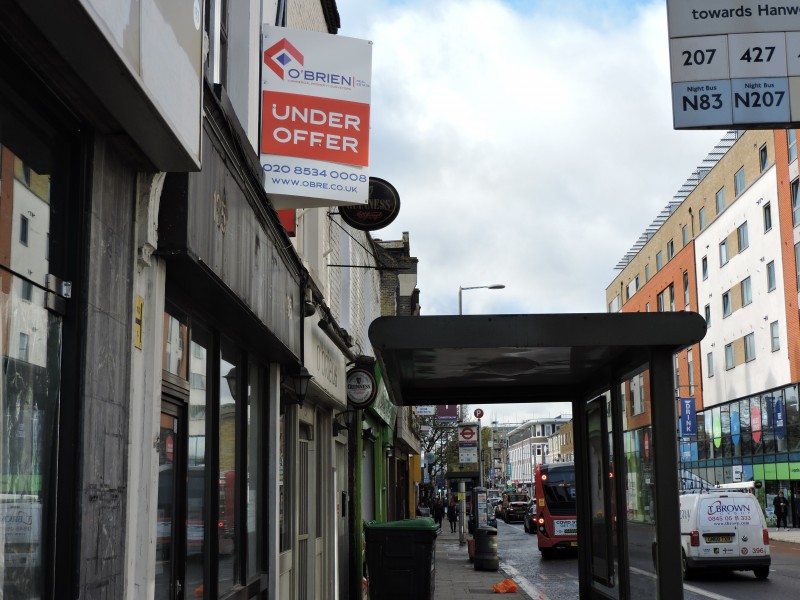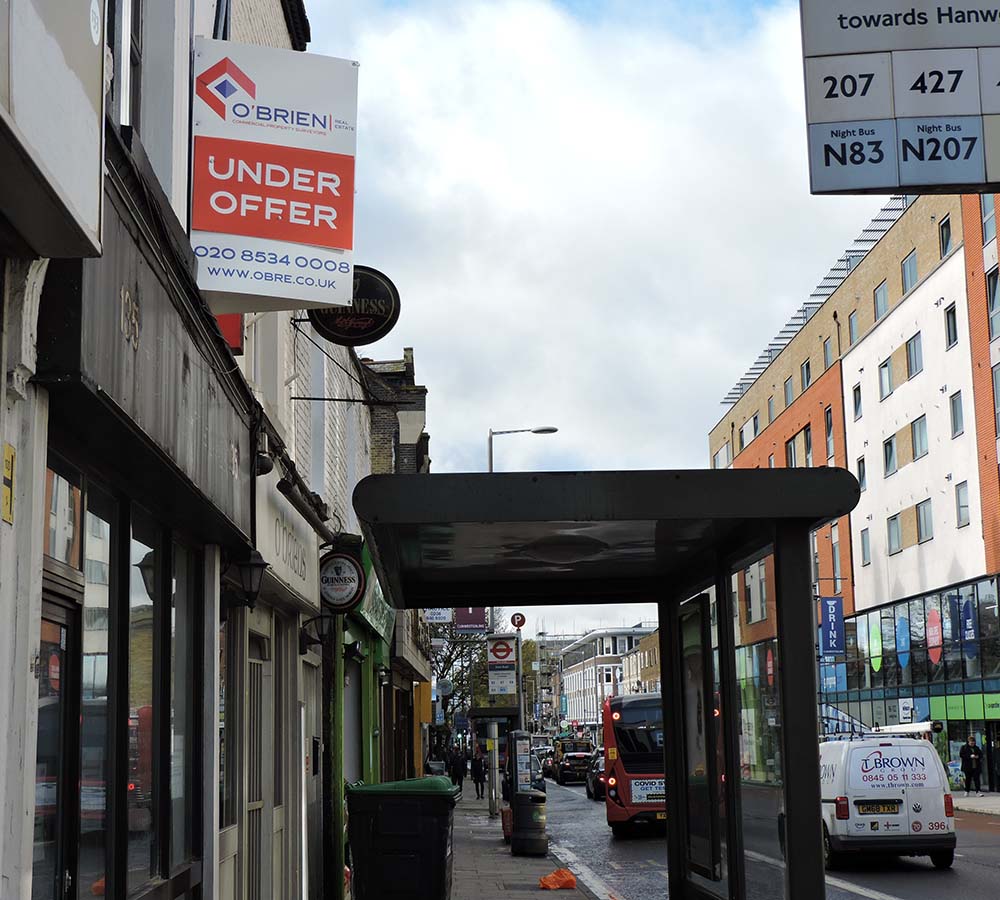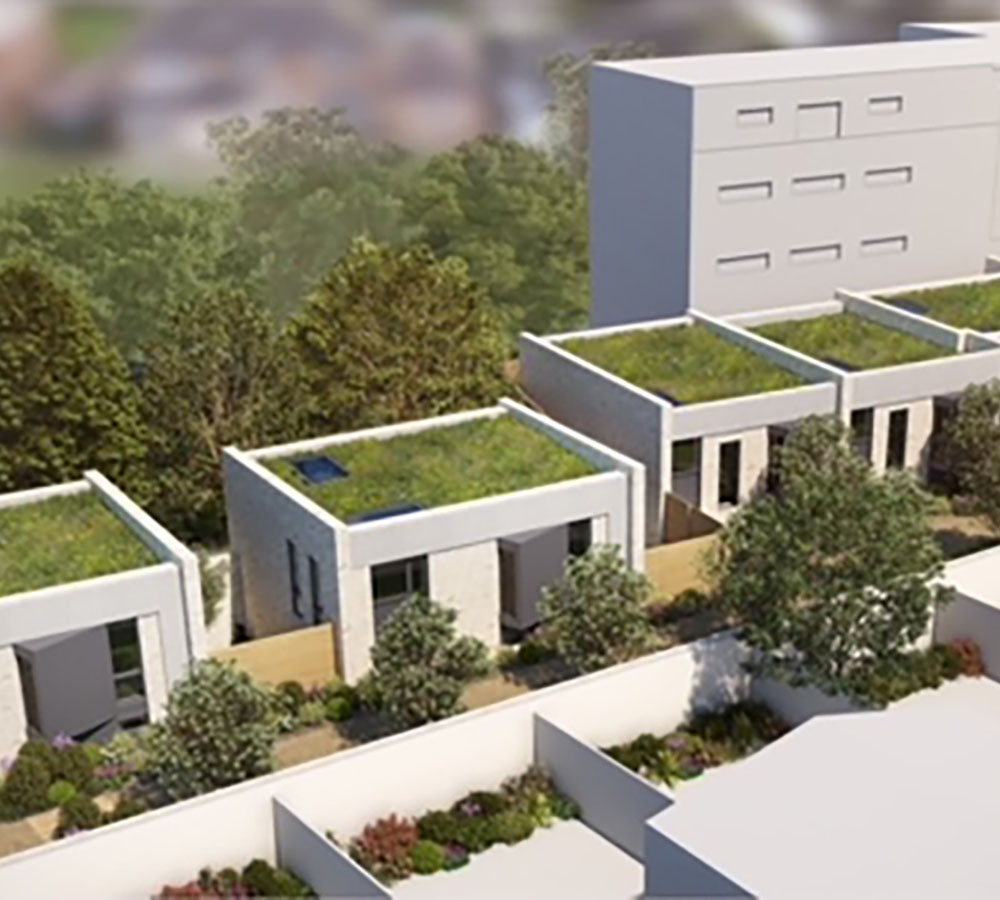The rising popularity of secondary High Streets

Secondary high streets, often overlooked in favor of their more prominent counterparts, are experiencing a resurgence in activity and foot traffic for several reasons. These secondary high streets, characterised by their smaller scale and diverse mix of local businesses, are regaining popularity due to shifting consumer preferences, changing economic landscapes, and evolving urban dynamics.
One primary factor contributing to the increased traffic on secondary high streets is the growing trend towards supporting local businesses. In an era where consumers are becoming more conscious of their environmental impact and the importance of community, there is a renewed interest in patronizing smaller, independently-owned shops and establishments. Secondary high streets, with their unique charm and personalised service, offer an appealing alternative to the homogenized experience of large chain stores found in traditional shopping centres.
Additionally, the rise of remote work and flexible schedules has altered the daily routines of many individuals, allowing them more freedom to explore their local neighborhoods during off-peak hours. This newfound flexibility has led to increased foot traffic on secondary high streets throughout the day, as people take advantage of the opportunity to run errands, meet friends for coffee, or simply enjoy a leisurely stroll.
Furthermore, Local Authority efforts to revitalise urban areas and promote community engagement have played a significant role in driving traffic to secondary high streets. Through initiatives such as pedestrian-friendly infrastructure, public art installations, and cultural events, councils are actively encouraging residents to rediscover the charm and vibrancy of their local neighborhoods. These efforts not only attract visitors from neighboring areas but also foster a sense of pride and belonging among residents, further bolstering the appeal of secondary high streets as bustling hubs of activity.
In conclusion, secondary high streets are experiencing a resurgence in popularity due to a combination of factors including a growing preference for local businesses, changes in work patterns, and urban revitalization efforts. As these trends continue to evolve, secondary high streets are poised to become even busier, serving as dynamic focal points within their communities.











